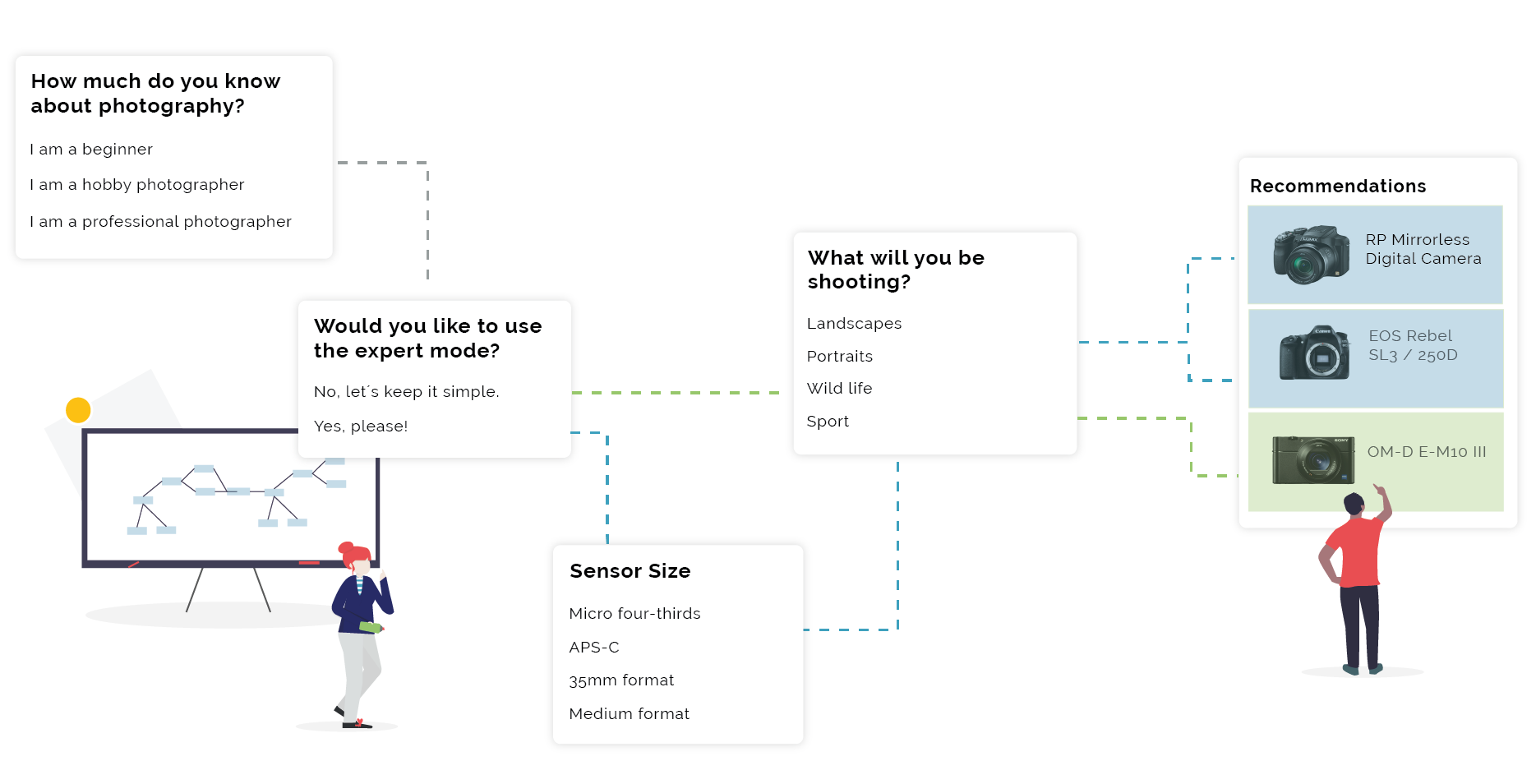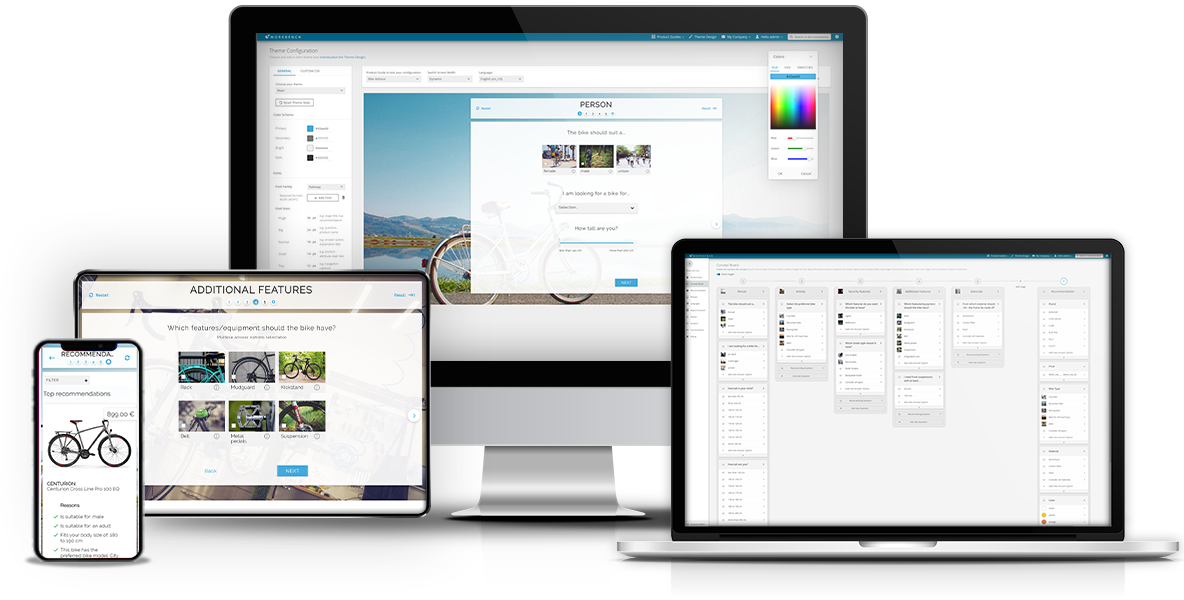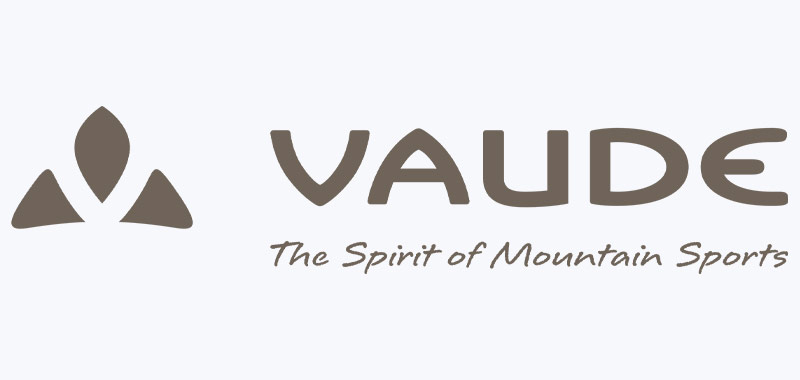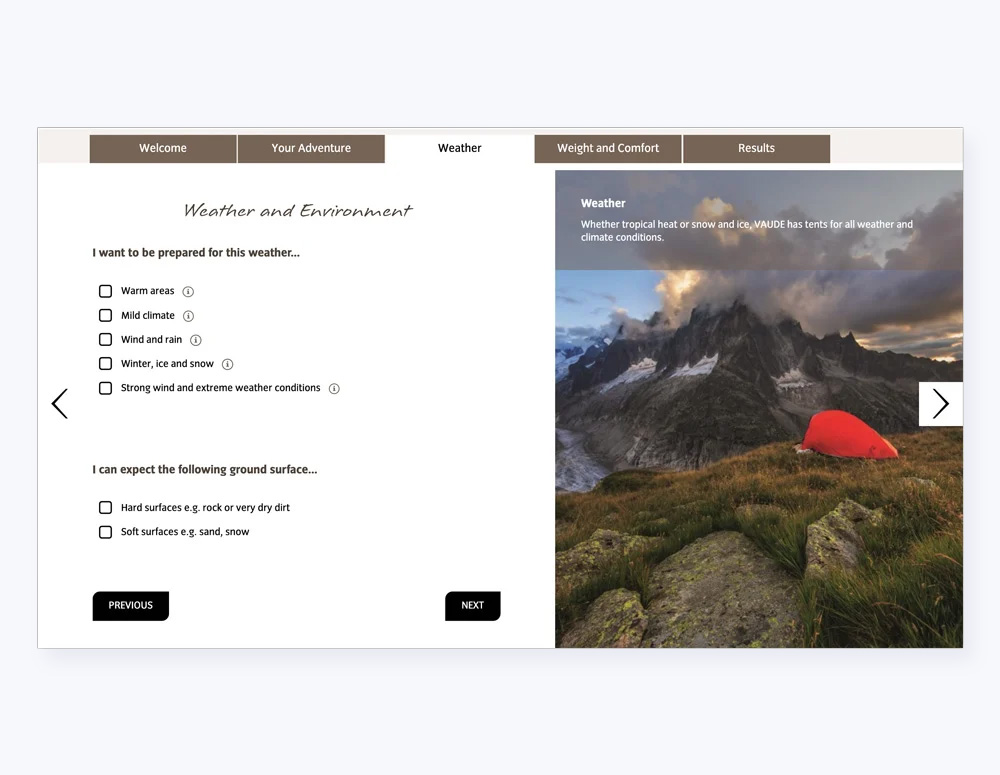An Interview with our Head of Product and Research: Christian Lemke [Builder]
Christian Lemke and
Sai Naik Nimbalkar
An Interview with our Head of Product and Research: Christian Lemke
Christian Lemke and Sai Naik Nimbalkar

Christian is a computational linguist and philosopher by training and has been working at excentos for the past twelve years. His focus is to develop techniques around natural languages with special emphasis on methods that enable computer systems to unlock the knowledge contained in large amounts of textual data. He is an active contributor to the research field and utilizes his findings to further develop the Machine Learning technology used in excentos’ Guided Selling solutions.
How does Artificial Intelligence Help Businesses?
What is Artificial Intelligence and What are its Origins?
Christian: Artificial Intelligence (AI) research aims to create systems that are able to solve non-trivial tasks in an intelligent way. In the context of cognitive science, it tries to mimic functions of the human mind such as problem-solving.
The field of AI emerged early on with the development of modern electronic computers in the 1950s. Almost from the beginning, there have been two competing paradigms that approached the recreation of intelligence from different principles. The first is the so-called 'Symbolic AI' which is based on large handcrafted systems of deductive rules and the descriptive power of formal logic. The second approach, originating from 'Computational Cognitive Science', is inspired on how a human brain works on a neural level. These were competing paradigms in extreme places on the map of AI, and they work in different ways.
Blurring its original meaning and usage, the term 'AI' is now used almost synonymously for Machine Learning (ML), albeit being associated, is actually much more restricted than the general concept of AI. That being said, ML currently is without a doubt the most important concept in regard to the practical relevance of AI-related techniques. ML enables computers to learn from experience and in that sense perform human-like tasks by processing large amounts of data and recognizing data patterns.
"Machine Learning currently is without a doubt the most important concept in regard to the practical relevance of AI-related techniques."
How does AI help Ecommerce Sites?
Christian: Perhaps the most prominent applications of AI-related technologies in Ecommerce are search and recommender systems which are almost omnipresent in online shops and websites in general. From a broader perspective the uses of AI in Ecommerce can be considered regarding to two major aspects:
User-Centric Functionalities:
In the context of online shops or web presentations for brands, AI enables consumers to explore and navigate voluminous product assortments by search and recommender functionalities as well as by applying techniques for data clustering, which means to come up with automatically created groups of product items based on their underlying data representation. In this way it is possible for a fashion website e.g., to present a range of thousands of different dresses and in terms of a manageable number, let’s say ten automatically and smartly determined product clusters based on available image and text data.

With knowledge-based recommender systems AI also enables the possibility to provide highly personalized recommendation services by combining insights from data-driven consumer behavior analysis with specified user requirements acquired by web questionnaires or conversational interfaces. By these means AI enables consumers to access complex product domains geared to their actual needs and guided by expert knowledge.
Schematic representation of excentos analytics tool
Business-Centric Functionalities: Complementing user-centric applications, like the ones mentioned so far, AI is also used to contribute business-centric functionalities such as optimizing warehouse logistics in terms of demand forecasting or providing valuable consumer insights from collected usage data. Thereby, the latter is a typical use case in which user and business-centric functionalities go hand-in-hand, as customer intents gathered by user-interactions via conversational interfaces can provide a reliable data basis for AI-based consumer insight analytics, as well as product requirements research.
"AI enables consumers to access complex product domains geared to their actual needs and guided by expert knowledge."
Which AI Techniques can SMB’s Adopt?
Christian: Today, small teams or even single developers can use various resources to solve specific problems. While this may have been difficult in the past, there is a lot that has changed during the last decade. Despite the tremendous increase of computation and storage capacities, one of the main influences that drove this development was a cultural change that took place in the AI research community, which was essentially taking the contributional work to the open source community mainstream. Therefore, there is a huge amount of high-quality open source software, data collections and research papers freely available to everyone.
The Deep Learning approach to Machine Learning recently led to impressive performance leaps for several tasks like voice recognition, computer vision or natural language processing. Although in principle available to everyone in terms of open source software, applying Deep Learning methods successfully from scratch requires massive amounts of data and computation which heavily limits its accessibility in practice. Even if the costs involved are affordable for a company there simply won’t be sufficient amount of data for many business relevant use cases.
To tackle these limiting aspects of Deep Learning a particularly useful technique called Transfer Learning is in place. Transfer Learning benefits from the fact that the research community and especially the big players in field like Google or Facebook use their vast computational resources along with their huge reserves of data to train state-of-the-art models and make them freely available. Transfer Learning exploits the implicit domain-independent knowledge represented in pre-trained models and transfers it to target domains with limited amount of available data. Smaller businesses that possess the technical knowledge can use these kind of pre-trained models for their domain-specific problems and operate successfully with limited data and resources. But at the same time, for businesses that don’t have any expertise or have even fewer resources, there are several service providers that supply the required expertise for AI-based solutions.
Transfer Learning benefits from the fact that the research community and especially the big players in field like Google or Facebook, use their vast computational resources along with their huge reserves of data to train state-of-the-art models and make them freely available.
How is AI Utilized in the excentos' Guided Selling Solutions?
Christian: AI technology has always been at the core of our Guided Selling solutions as we utilize knowledge representation, recommender engines and nautral language processing. We’ve been working on Guided Selling software since 2007, and over the years we have developed and heightened our personal expertise in this field. In the early days, we realised that there was a greater demand for technical expertise to just create a concept for a Product Guide. Hence, self-sufficiency has always been one of our goals and a major change has been to our project delivery process.
With the launch of the excentos Workbench platform, we were able to provide our customers with an easy-to-use tool, while abstracting away from the technically demanding details. Now they can create a Product Guide on their own in 5 simple steps. To get there and to keep going in this direction we are constantly pushing and adopting state-of-the-art results from relevant areas of the field.
...we were able to provide our customers with an easy-to-use tool, while abstracting away from the technically demanding details.
What are the Challenges that lie ahead for AI?
Christian: What is surprising at the moment is that a system can go quite far by using language as a stream of patterns. It was thought that it would require a deeper level of understanding to be able to distinguish between a positive statement from a negative one, but this was not necessarily true and it was surprising to see that a system could do this by just using language as a stream of patterns.
Hence, there is a lot of potential to get smarter with recommendations when it comes to creating a system that can extract meaning from what it processes. One example would be a book recommender that goes through the text of a book and states the kind of prose or writing style, the quality of the writing itself, etc.
Extending the scope of knowledge extraction could be very powerful and helpful to us. Imagine that we have some kind of semantic representation that can go through thousands of medical research papers pertaining to cancer and detects a valuable pattern, insight or a finding. This is the kind of AI-powered assistance we need because the key insight is that it complements human endeavor and doesn’t hinder it.
Imagine that we have some kind of semantic representation that can go through thousands of medical research papers pertaining to cancer and detects a valuable pattern, insight or a finding.
AI-Powered Selling.
This is what we do and what we care about.
Let us help you build a great customer experience and sell more.
Other Posts
-

A short guide on Guided Selling
Read all about Guided Selling software, and the many different Ecommerce solutions that are available for B2Bs and B2Cs. -

What's the big deal about Direct to Consumer (D2C)?
An in-depth look at the D2C trend and how brands can use aspects of it to increase their brand presence and get more control over their product and consumer data. -

Top UX trends for Ecommerce 2021
With disruptive challenges in 2020, brands and retailers adopted new strategies for Ecommerce. Get to know the top UX trends you can use to not be left behind.
:quality(80):format(png)/https://www.excentos.com/images/mock-up-hand.png)


















































































:quality(80):format(webp)/www.excentos.com/images/blog/top-5-practices-for-product-pages/product-page-header.jpg)














































